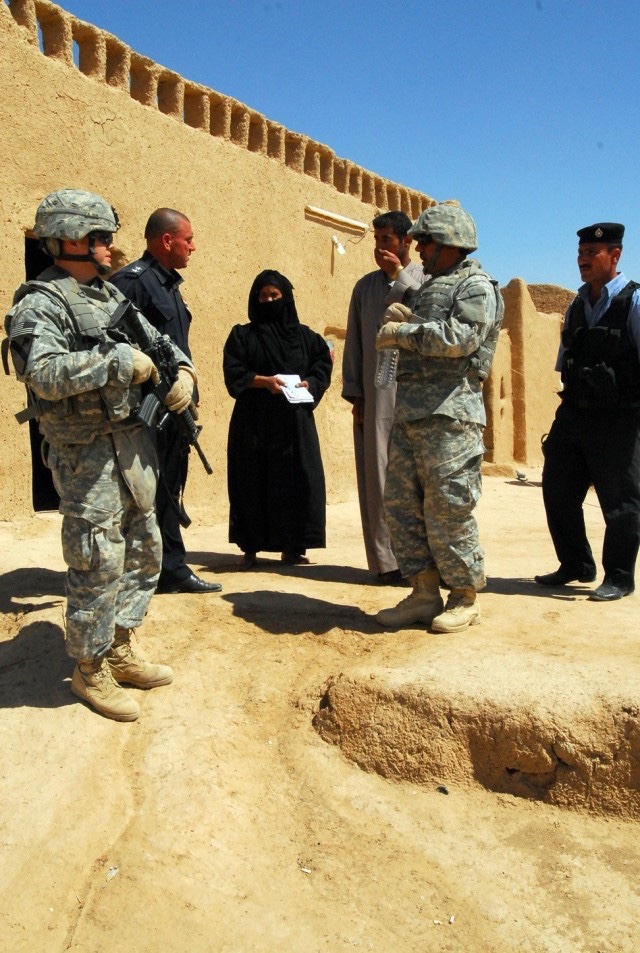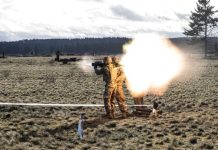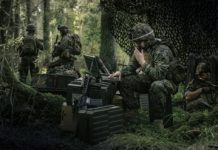
The Sept. 11, 2001, terrorist attacks on the United States were a watershed in U.S. history. Though terrorist attacks on the American homeland and its global assets were not unique, they were neither common nor large scale.
The 9/11 attacks prompted a U.S. counterattack in fall 2001 against Afghanistan, which was the haven and training ground for the 19 Al Qaeda terrorists who had hijacked the four commercial airliners that claimed nearly 3,000 lives. Then, in spring 2003, came the invasion of Iraq for numerous reasons, most of all for allegedly developing and possessing weapons of mass destruction.
Though U.S.-led international military operations against Afghanistan and Iraq were initially successful and generally conventional in nature, occupation of both countries without full conquest of either one quickly inspired insurgency, often supported by international terrorist organizations. This shift led the American military to formulate counterinsurgency (COIN) doctrine to guide its ground forces primarily.
COIN required complex and nuanced operations directed at defeating the insurgents while rebuilding both countries as independent and secure states. TRADOC’s role in the roughly twenty years of the Global War on Terrorism involved training Soldiers for duty, principally in Southwest Asia and the Middle East, and convening the experts who produced the first formal Army doctrinal manual for conducting counterinsurgency operations since the Vietnam War.
After Vietnam and TRADOC’s establishment in July 1973, the U.S. Army largely abandoned its traditional experience with insurgency and counterinsurgency, dating all the way back to the American War of Independence. After the 1973 Arab-Israeli War, the Army focused instead on the activities and programs associated with the Europe-focused AirLand Battle and the Big 5 materiel developments.
Now faced with the need from 2003 onward to defeat robust insurgencies, the Army, with TRADOC leading and with significant contributions from the U.S. Marine Corps, began to resurrect, revise, and reissue counterinsurgency doctrine.
Along the way as a stopgap measure, the Ft. Leavenworth, Kansas-based U.S. Army Combined Arms Center published Field Manual-Interim 3-07.22, Counterinsurgency Operations, in October 2004, with a scheduled expiration two years hence.
Then-Lieutenant General William S. Wallace, later the 12th TRADOC Commanding General, commanded CAC, which oversaw most of the Army’s service schools and wrote the bulk of the service’s doctrine. The changes initiated by the new counterinsurgency manual ultimately resulted in a cascade of updated doctrinal publications, including capstone doctrine, all reflecting the experiences of recent combat operations.

In September 2005, then-Lieutenant General David H. Petraeus assumed the duties of CAC Commanding General. Petraeus possessed extensive counter-terrorism experience in Bosnia about the time of the 9/11 attacks and later while commanding the 101st Airborne Division during and after the Iraq invasion.
Right away, Petraeus engaged both his USMC GWOT colleague, then-Lieutenant General James N. Mattis, commanding the Marine Corps Combat Development Command, and his West Point classmate, retired Army Lieutenant Colonel Dr. Conrad C. Crane, then-Senior Historian at the U.S. Army War College’s Strategic Studies Institute.
Starting in mid-February 2006 in a conference at CAC, Dr. Crane led the writing team composed of experts from the military, academia, and the private sector and served as the principal author for the Army’s effort quickly to research, write, publish, and distribute the seminal December 2006 joint Army-USMC FM 3-24/Marine Corps Warfighting Publication 3-33.5, Counterinsurgency. The manual served for the next eight years as the Army’s guidepost for conducting GWOT counterinsurgencies.
Rooted in both historical study and contemporary experience, the manual drew immediate worldwide attention for many reasons, including its counterintuitive yet utilitarian “Paradoxes of Counterinsurgency Operations,” which included such strictures as “Sometimes Doing Nothing Is the Best Reaction,” “Many Important Decisions Are Not Made by Generals,” and numerous others.
In May 2014, the Army and USMC released the next and still current joint edition of FM 3-24/MCWP 3-33.5, now retitled Insurgencies and Countering Insurgencies, which builds on the 2006 version and casts counterinsurgency within the larger context of a range of military operations.
By TRADOC Military History and Heritage Office
You can skip to the end and leave a response. Pinging is currently not allowed.








